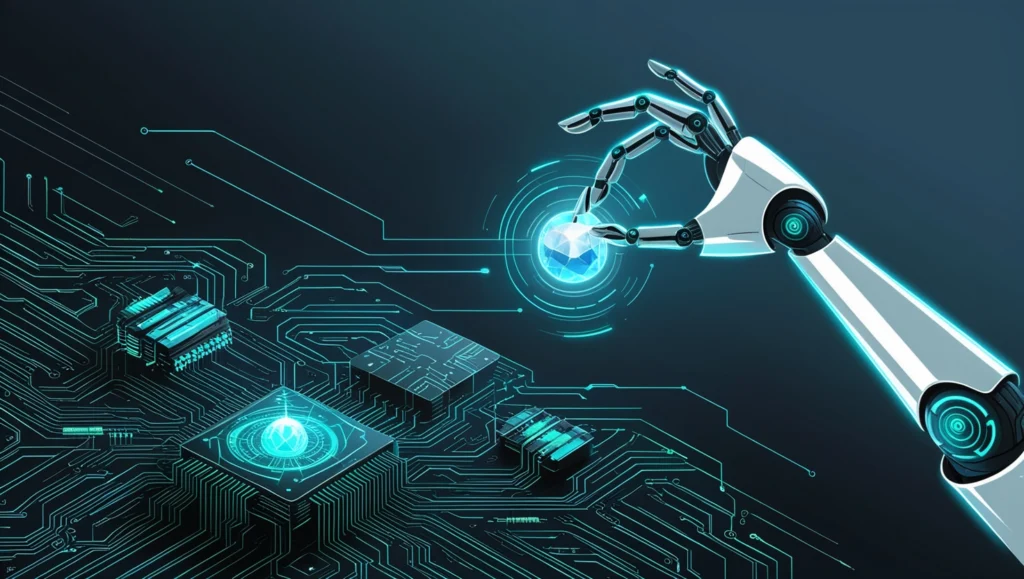As the digital landscape continues to expand, organizations face a daunting array of cyber threats with the potential to cause unprecedented harm. Traditional security measures, while necessary, are often reactive and insufficient against innovative cybercriminal tactics. In this challenging environment, deception technology is a forward-leaning solution designed to confuse and redirect malicious actors proactively. By analyzing the interaction of attackers with deceptive traps, organizations can gather critical intelligence to bolster their defenses and undercut potential cyber threats.
Key Takeaways
- Deception technology serves as a critical instrument in the proactive cybersecurity strategy toolkit.
- Understanding the components and integration of deception technology is essential for success.
- Despite challenges, the benefits of deception technology in threat detection and intelligence are significant.
- Keeping abreast of the latest developments in deception technology prepares organizations for future cyber threats.
Table of Contents
- Understanding Deception Technology
- Critical Components of Deception Technology
- The Strategy Behind Integrating Deception Technology
- Benefits of Adopting Deception Technology
- Real-World Applications and Success Stories
- Challenges and Considerations in Deployment
- Future Prospects of Deception Technology
- How Organizations Can Get Started with Deception Technology
- Conclusion
Understanding Deception Technology
The essence of deception technology lies in its ability to create a mirage for attackers, causing them to reveal their tactics involuntarily. Like a chess game where a player baits the opponent into a trap, deception technology baits cyber attackers with seemingly vulnerable decoys. False information, dummy files, and mimicked network segments act like digital chameleons, luring attackers away from precious assets and into controlled environments. Every move they make is monitored, analyzed, and utilized to strengthen the defense mechanism. As a result, this proactive security measure allows organizations to study attackers’ behavior and develop tailored defensive strategies without exposing their systems to risk.
Critical Components of Deception Technology
At its core, deception technology consists of multiple tools designed to present attackers with convincing facades. Honey pots, decoy systems, or servers tempt attackers by posing as legitimate network parts rich in vulnerabilities. Beyond individual systems, honeynets create a fabric of interconnected honey pots, presenting an entire network segment to the adversary. Honey tokens and decoy documents, strategically laced with fake credentials or data, act as beacons when accessed, signaling a breach. These components are backed by sophisticated automation, creating a cyber hall of mirrors that confuses and exposes intruders.
The Strategy Behind Integrating Deception Technology
Effective deception in cybersecurity is not about random traps in the digital expanse but a careful orchestration that integrates seamlessly with existing security landscapes. Organizations must design decoys with as much realism as their legitimate systems, which requires intricate knowledge of their operational environment. This layered defense strategy serves to derail cyber attacks and provide a safety net for detecting threats that bypass other security measures. This convincing illusion makes deception technology a critical part of the cybersecurity arsenal, enabling real-time insights and proactive defense maneuvers.
Benefits of Adopting Deception Technology
Organizations that employ deception technology can expect a host of benefits, with reduced detection times of intrusions being among the most critical advantages. By redirecting the focus of cybercriminals to fake assets, the actual infrastructure is protected, and the attackers’ actions can be studied with minimal risk. This surveillance provides valuable threat intelligence that shapes more robust response tactics. Additionally, the cost of maintaining deception environments often undercuts that of frequently updating traditional defenses, delivering a cost-effective layer of security that enhances the overall investment in cybersecurity infrastructure.
Real-World Applications and Success Stories
Across industries, deception technology has proven its worth by preventing breaches, unmasking attackers, and saving potentially millions in financial impact. Notably, financial institutions, prime targets for cybercrime, have successfully used deception technology to trick attackers while protecting sensitive customer data. Healthcare organizations have deciphered and averted ransomware attacks thanks to the intelligence gathered from deception tactics. This growing body of success stories solidifies the argument for incorporating such game-changing measures in cyber defense strategies.
Challenges and Considerations in Deployment
While the allure of deception technology is undeniable, its adoption is challenging. Its deployment must be scalable and flexible to suit organizations of various sizes and complexities. Ethical considerations are also crucial, as deception must be balanced with legal and ethical standards. Maintaining the effectiveness of decoys means continuously updating and evolving the deception techniques — a commitment to dynamism that requires dedicated resources and expertise. Seamless integration with existing security systems is paramount to ensure that this additional layer of defense operates in synergy with traditional protection mechanisms.
Future Prospects of Deception Technology
Looking ahead, the intersection of deception technology with advancements in artificial intelligence (AI) and machine learning (ML) heralds a new chapter in cybersecurity. AI-driven deception technology will be capable of adapting to threats dynamically, autonomously deploying decoys and traps that evolve in line with emerging attack vectors. These innovations promise a cybersecurity paradigm where defense mechanisms are not merely reactive but predictive, staying ahead of cybercriminals.
How Organizations Can Get Started with Deception Technology
Organizational leaders keen on adopting deception technology must take a structured approach to its integration. This begins with assessing their security needs and aligning deception strategies with business objectives. A robust plan should include staff training on recognizing and responding to deceptive incidents. Monitoring the results and impacts of deception operations allows for iterative improvements and justifies the continued investment in such technologies. Ultimately, success in deception technology is about the finesse with which an organization can weave these strategies into the broader tapestry of its cybersecurity practices.
Conclusion
Deception technology embodies an innovative turn in the ever-evolving struggle against cybercrime. It represents a proactive leap in an area frequently dominated by reactive responses. By adopting deception technology and embracing its potential to mislead and ensnare adversaries, organizations can secure their assets and turn the tide against attackers. Cybersecurity is an ever-developing landscape, and remaining adaptable to tools like deception will define organizations’ resilience and preparedness as they face tomorrow’s cybersecurity challenges.



